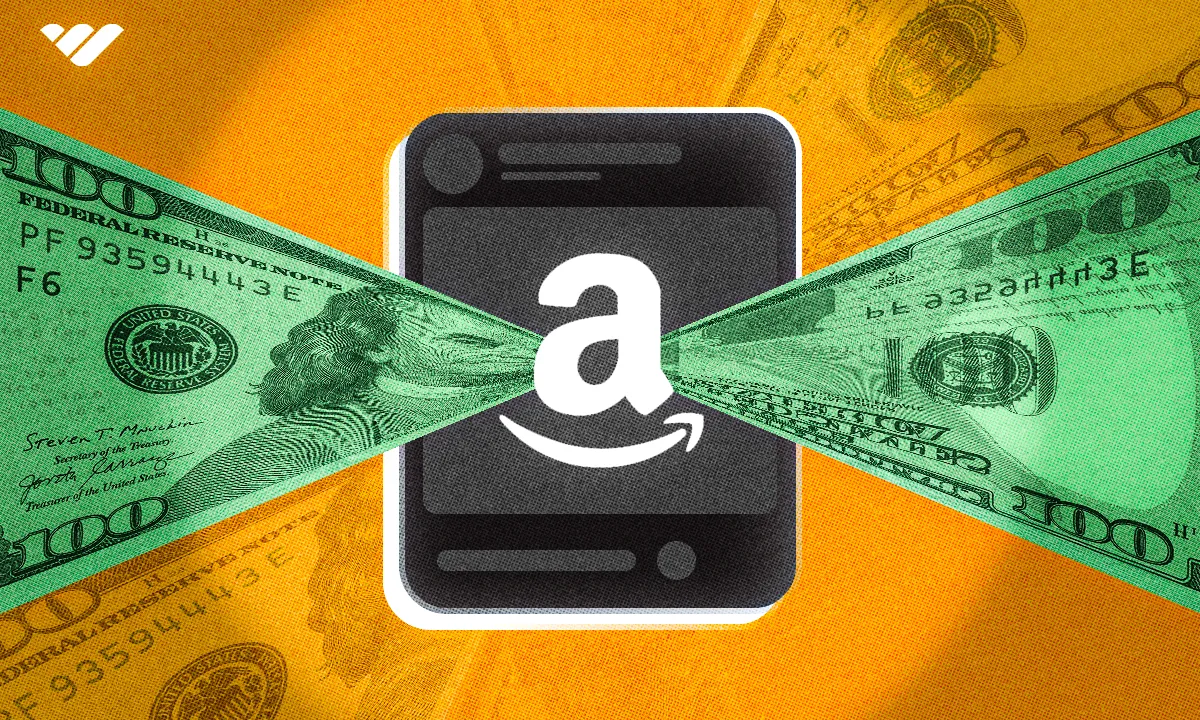Amazon retail arbitrage can be a great way to make money - but how does it work? Read this guide to discover all you need to know about reselling on Amazon, from how to find products to the best categories to sell in.
Key takeaways
- Retail arbitrage involves buying products at low prices and reselling them higher on Amazon.
- Beauty and personal care products offer high sales volume due to regular repurchasing behavior.
- Electronics represent one of Amazon's highest-demand segments despite competitive barriers.
- Product scanners enable quick barcode scanning to check Amazon pricing while sourcing inventory.
- Building relationships with store managers and distributors provides exclusive access to discounted bulk inventory.
Getting started as an ecommerce entrepreneur can present many paths, all of which can lead to the destination of making a good living online as your own boss.
If you are looking for a business model to start with, retail arbitrage, specifically on the largest online marketplace in the world–Amazon–is an attractive option.
Before you jump into this game, you’ll want to be well-informed and have an informational edge which this guide will give you. We’ll break down all the aspects of retail arbitrage on Amazon, including items that you can source, list, and sell today.
Jump ahead to:
- What is retail arbitrage on Amazon?
- How to do retail arbitrage on Amazon with ease
- Top 11 products for Amazon retail arbitrage
- How to source products for retail arbitrage on Amazon
- What products can’t you sell on Amazon?
- Is Amazon retail arbitrage worth it?
- Give yourself the best chance at success with Whop!
- Amazon Retail Arbitrage FAQ
What is retail arbitrage on Amazon?
At its core, retail arbitrage is a simple concept–in order to perform it, you buy a product at a low price and sell it higher, taking advantage of price discrepancies between inventory sources.
With this business model, you are free to choose any platform to sell your item, but you want to choose the one that fetches the highest price. Since Amazon is the number one marketplace in the world with some loyal customers that buy exclusively on the platform, it often has the highest prices for customers who might not even check other platforms before making their purchase.
For a deep dive on this topic, check out our full guide explaining retail arbitrage.
To give a specific example, imagine that you come across a popular toy in the clearance section at your local Walmart for 80% off its retail price. You check Amazon to see the current price, and find that it’s currently going for retail price on Amazon. From here, you can list it on Amazon and profit from the price spread.
A toy is just one of many products that you can sell on Amazon using retail arbitrage. Let’s dive in now with more specific examples to give you a list of products to look out for to get started in the Amazon retail arbitrage game.
How to do retail arbitrage on Amazon with ease
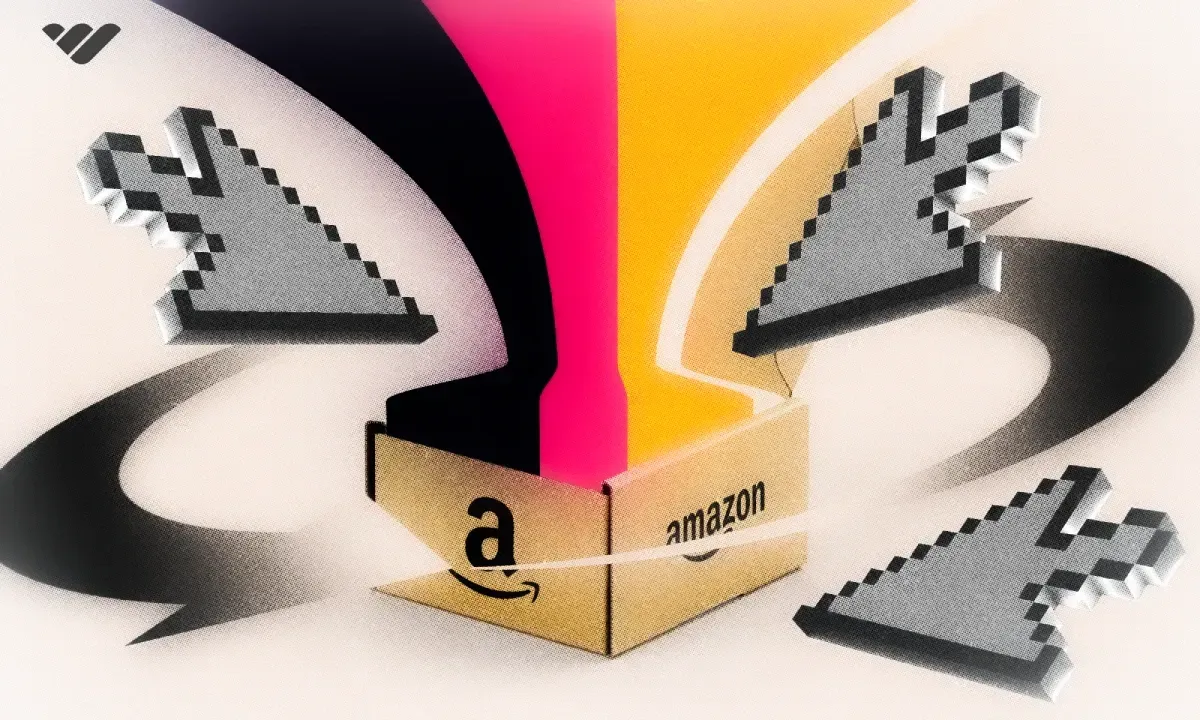
Later in this article, we get into the nitty-gritty of the best products for retail arbitrage, where to source them, and our top tips for reselling success. But first, let's look at the basics of what you need to do in order to resell on Amazon:
Start small and build
No lasting business is built overnight, and this is especially true with retail arbitrage on Amazon.
Start by buying and listing in smaller quantities or individual items just to test the market and to get familiar with the process. This will also reduce risk and give you confidence to buy more of a certain product and avoiding the risk of having too much of one product and ending up with slow moving inventory that ties up physical space and capital.
Slowly scale with actionable goals while reviewing metrics along the way, and soon enough, you’ll find yourself with a business with healthy revenue and profitability.
Build relationships
Succeeding alone in retail arbitrage is nearly impossible, and one of the best competitive advantages you can have is a personal connection through a relationship that you’ve built over time.
Be friendly and professional with everyone you interact with, and this will eventually allow you to build good relationships with important people in your sourcing process, from distributors to store managers and staff.
By having these relationships, you can have an exclusive in and know when the latest sales might be or get first dibs on discounted inventory in bulk.
Stay organized
Use spreadsheets and tools to keep all steps in your process and your inventory organized, keeping track of the status, cost, and location of all inventory.
By staying organized with spreadsheets, you can track winning products and cut out underperfomers quickly without manually sifting through data.
If you’re physically fulfilling products, make sure to have a dedicated area to organize and pick and pack product, and consider fulfilling elsewhere if your home operation becomes too overwhelming.
Continuously monitor, adapt, and learn
Being an Amazon retail arbitrage reseller means constantly educating yourself to stay up to date with the latest market trends, strategies, and policies.
Join a support network of like-minded people and other sellers who want to help each other win. This will help accelerate your education and give you continued motivation and conviction.
Top 11 products for Amazon retail arbitrage
Since there are so many products that you can sell using retail arbitrage on Amazon, we’ve compiled a list of the best product categories that sell well on Amazon:
1. Beauty and personal care
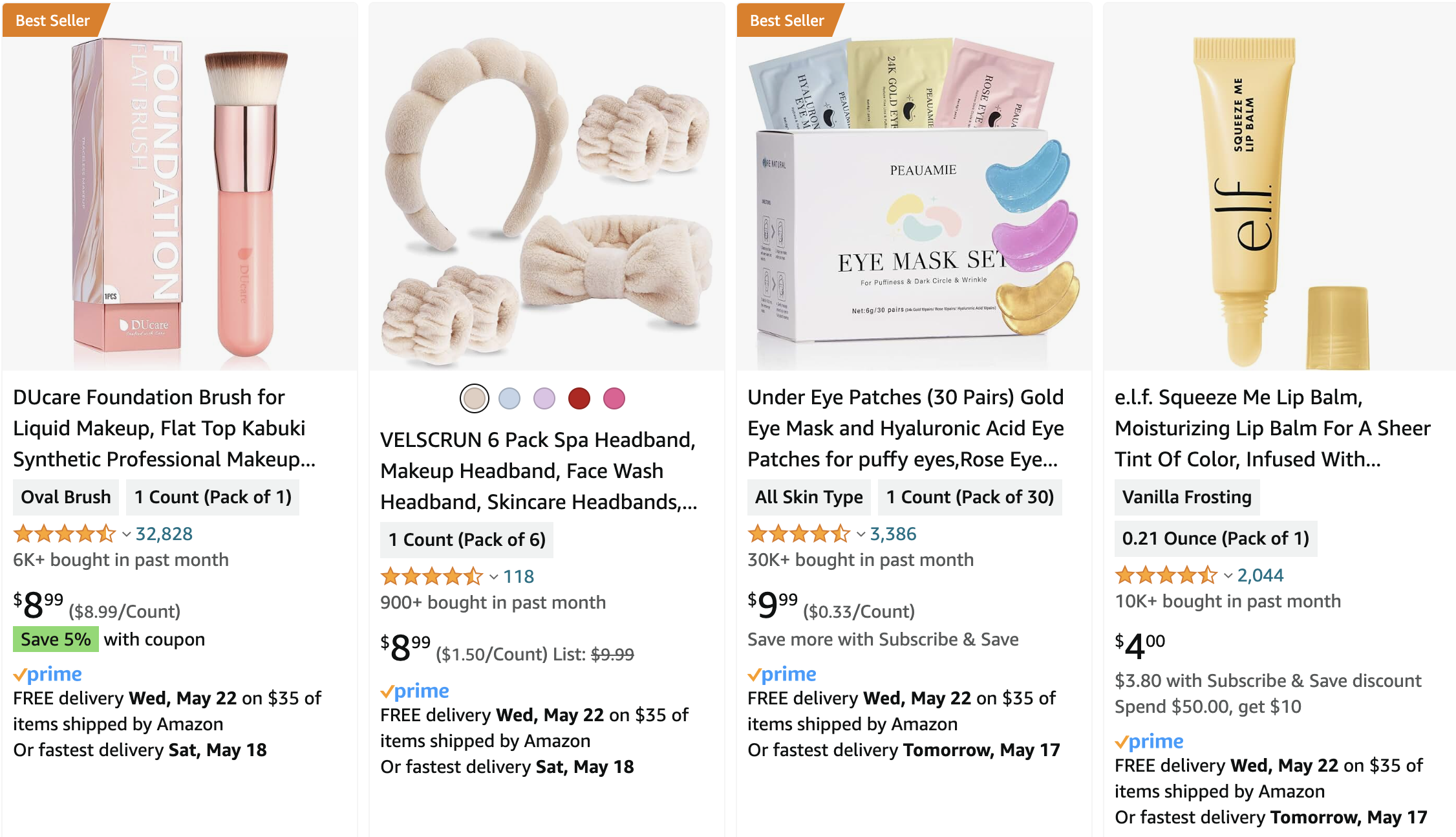
Since these products are all consumables and often have a loyal audience who regularly repurchase them as needed, beauty and personal care products have some of the highest volume compared to many other categories, making them a prime target for Amazon retail arbitrage.
Limited edition, high end, or popular staples are all great products to target and an be found in numerous department stores on clearance and flipped on Amazon for higher or even sourced from a bulk supplier.
2. Home goods
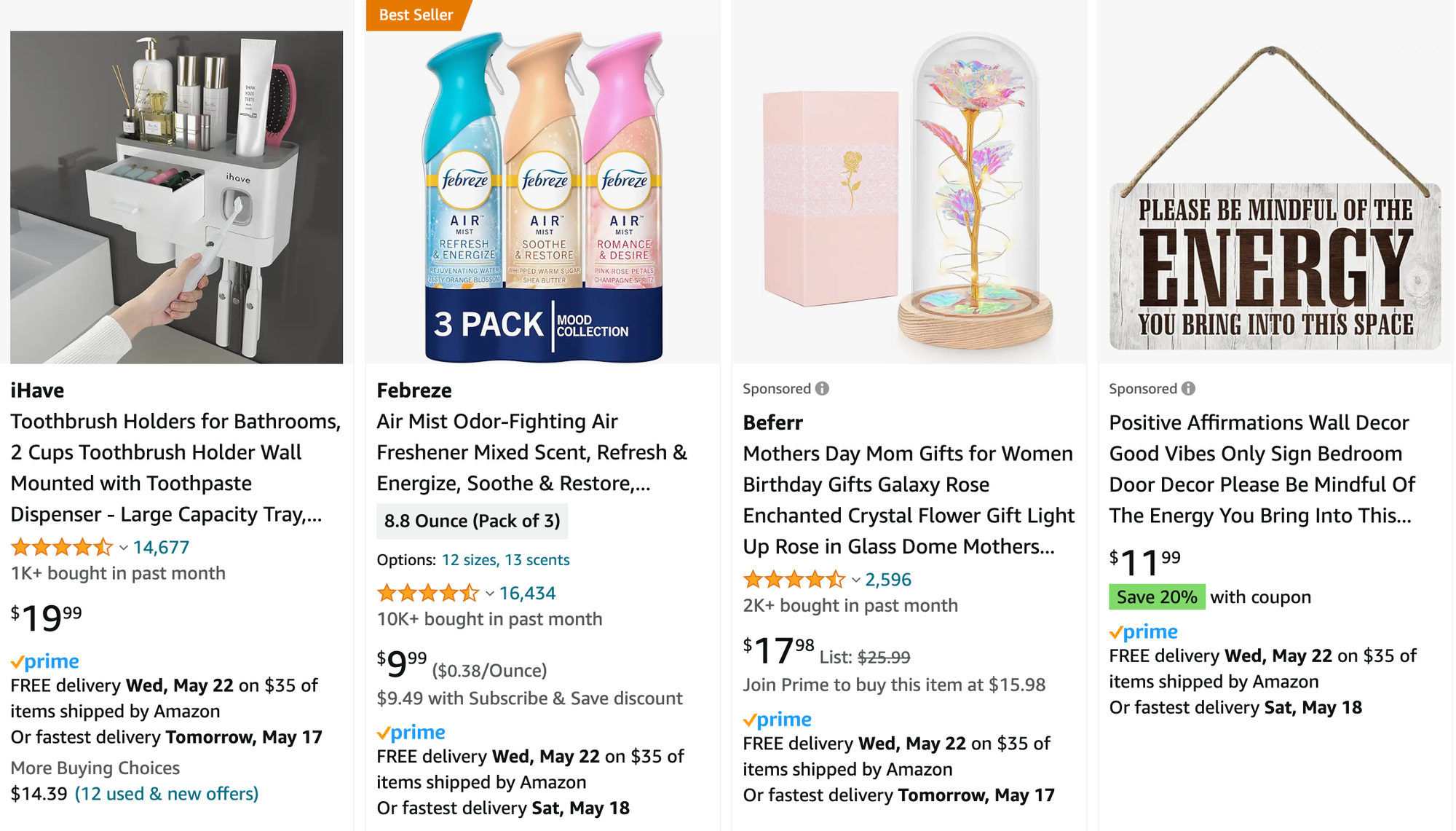
Homeowners and renters alike will always be in the market for more home goods, and as a retail arbitrage seller, you’ll have a wide range of products to choose from. Small appliances, bed and bathroom goods are all good ideas.
You can often find discounted home goods at stores such as TJ Maxx and Ross Dress For Less, which can be resold on Amazon for a profit once you determine whether or not they will be profitable.
3. Electronics

One of the highest-demand segments on Amazon is that of electronics. Popular products within this category include cell phones, laptops, and gaming consoles.
You’ll likely have to deal with a good amount of competition and getting ungated, but once you do your research and find a way to break your way into this high-volume market, you will have the opportunity to cash in big as a retail arbitrage seller.
4. Books
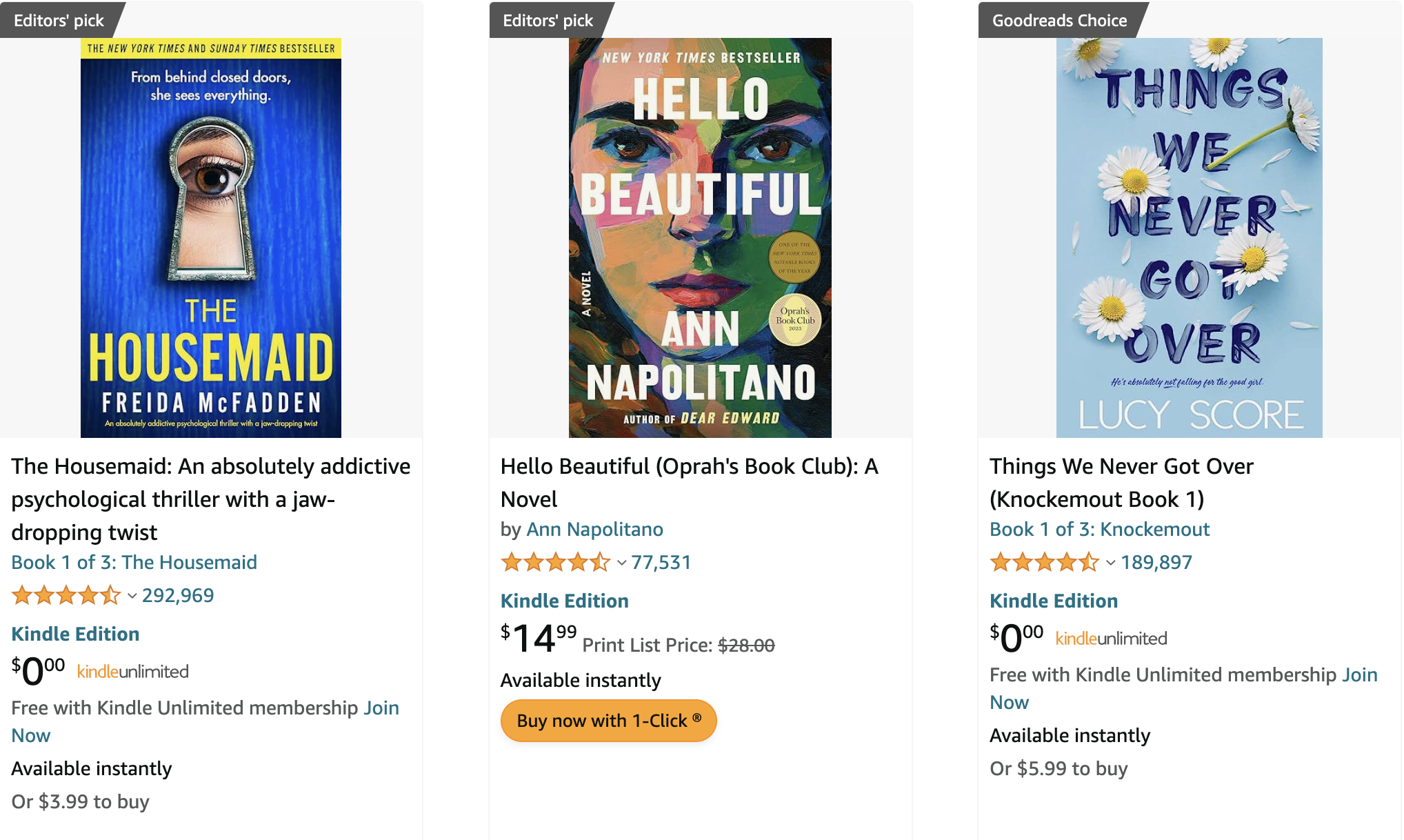
Amazon actually started as a marketplace just for books, and to this day, this remains one of its most popular categories.
Retail arbitrage sellers on Amazon will benefit from the low barrier to entry to sell books, and can utilize FBA to fulfill them in bulk. You can easily see which books are top sellers, and keep an eye out for them in thrift stores, library sales, or bargain book stores.
You’ll be able to sell books in any condition, but make sure to accurately describe them, including the condition.
5. Clothing and accessories
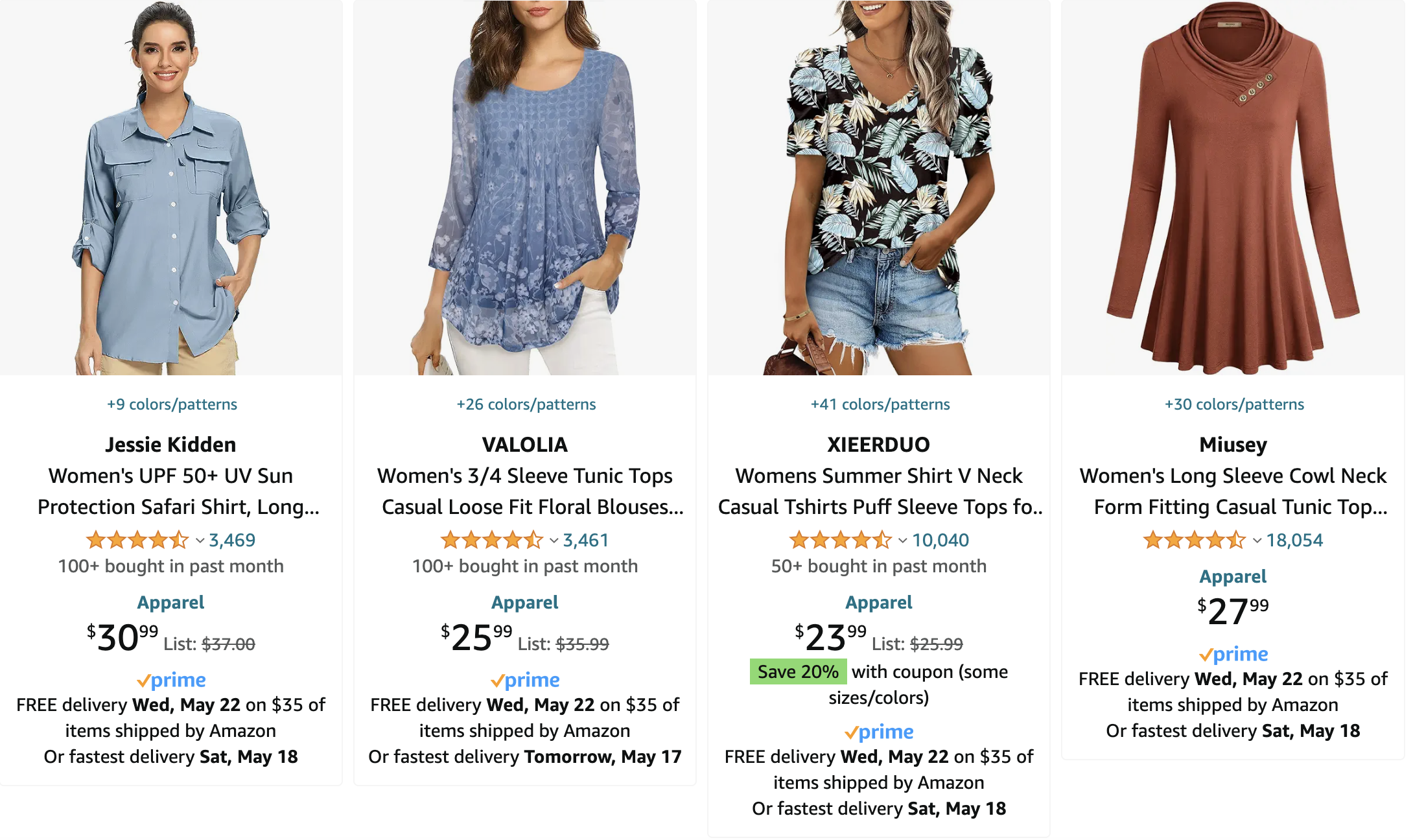
Amazon is gaining an increasingly large user base of customers who head to the platform to buy clothes and accessories, and some savvy practitioners of retail arbitrage are taking advantage of this.
You’ll have to gain eligibility to sell some of the most popular brands, but once you go through the steps to get permission to do so, a consistent income source will open up to you by finding clothing items at clearance prices and selling them at normal price on Amazon.
6. Toys and games
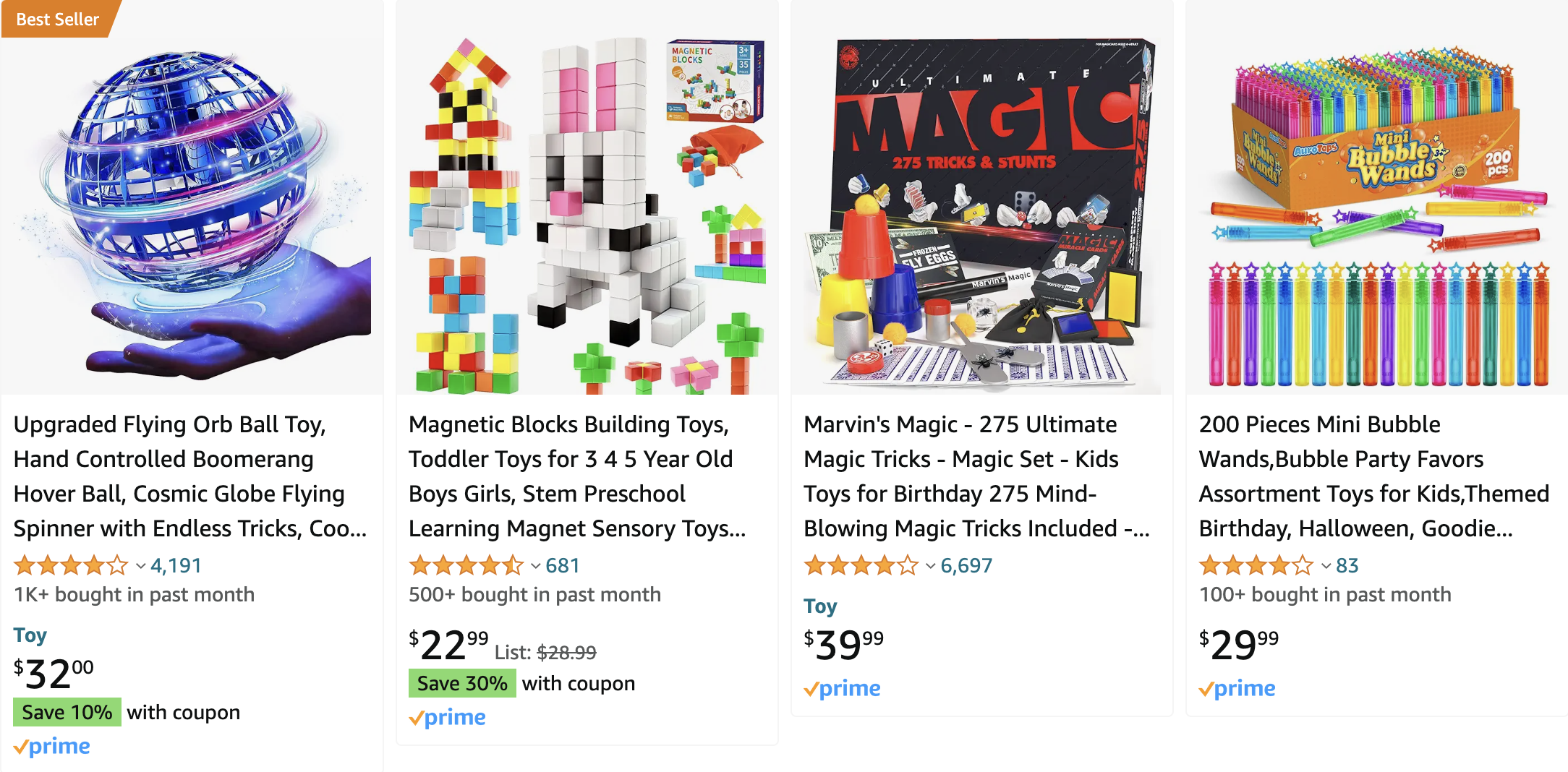
For a category that has steady demand that goes parabolic during the holiday seasons, you’ll want to be selling toys and games.
You can get ungated fairly easily for many of the more popular games and toys, and there is enough demand for you to fit in as a retail arbitrage seller on Amazon.
Sourcing from big box store clearance shelves can be a fun and rewarding treasure hunt when you come across top sellers at a discount compared to their going rate on Amazon.
- Amazon glitch deals: How to find the hottest deals on Amazon
- Where to buy Amazon return pallets (and how to make money with them)
- Best selling digital products on Amazon, and how you can sell them too
- Top communities for finding Amazon glitch deals
7. Collectibles and memorabilia
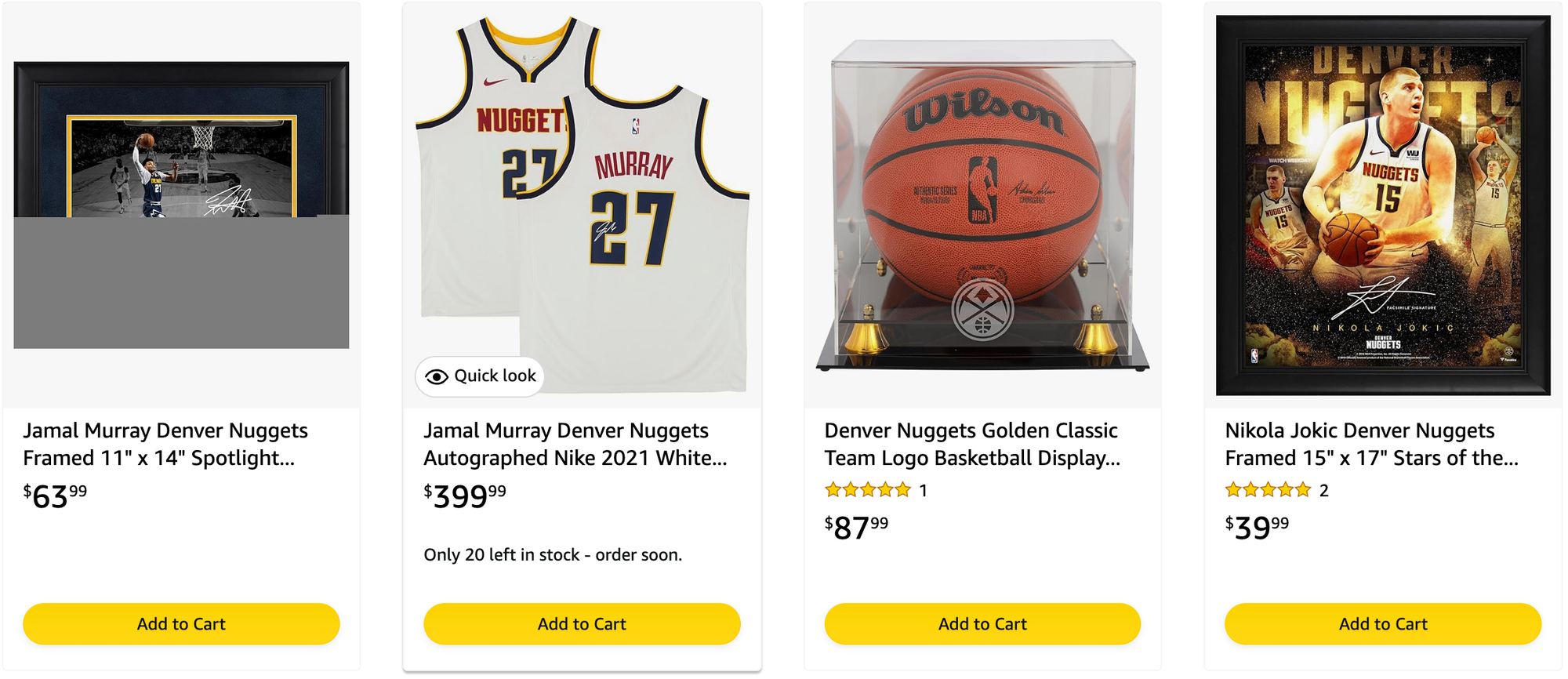
Consumers love buying items that showcase who they are and what they like, or those that give a nice dose of healthy nostalgia. Collectibles and memorabilia such as action figures, comic books, sports cards and accessories, can be incredibly profitable to source and sell for someone performing retail arbitrage.
You can get creative when sourcing these as they can show up anywhere, including garage and estate sales, specialty stores, and thrift stores.
Always look up values for anything that looks interesting to you, as you might be surprised what people pay on Amazon for some items. Having niche expertise is preferred as you’ll find items and sources more efficiently, but this is always a skill that can be built.
8. Sports and outdoors
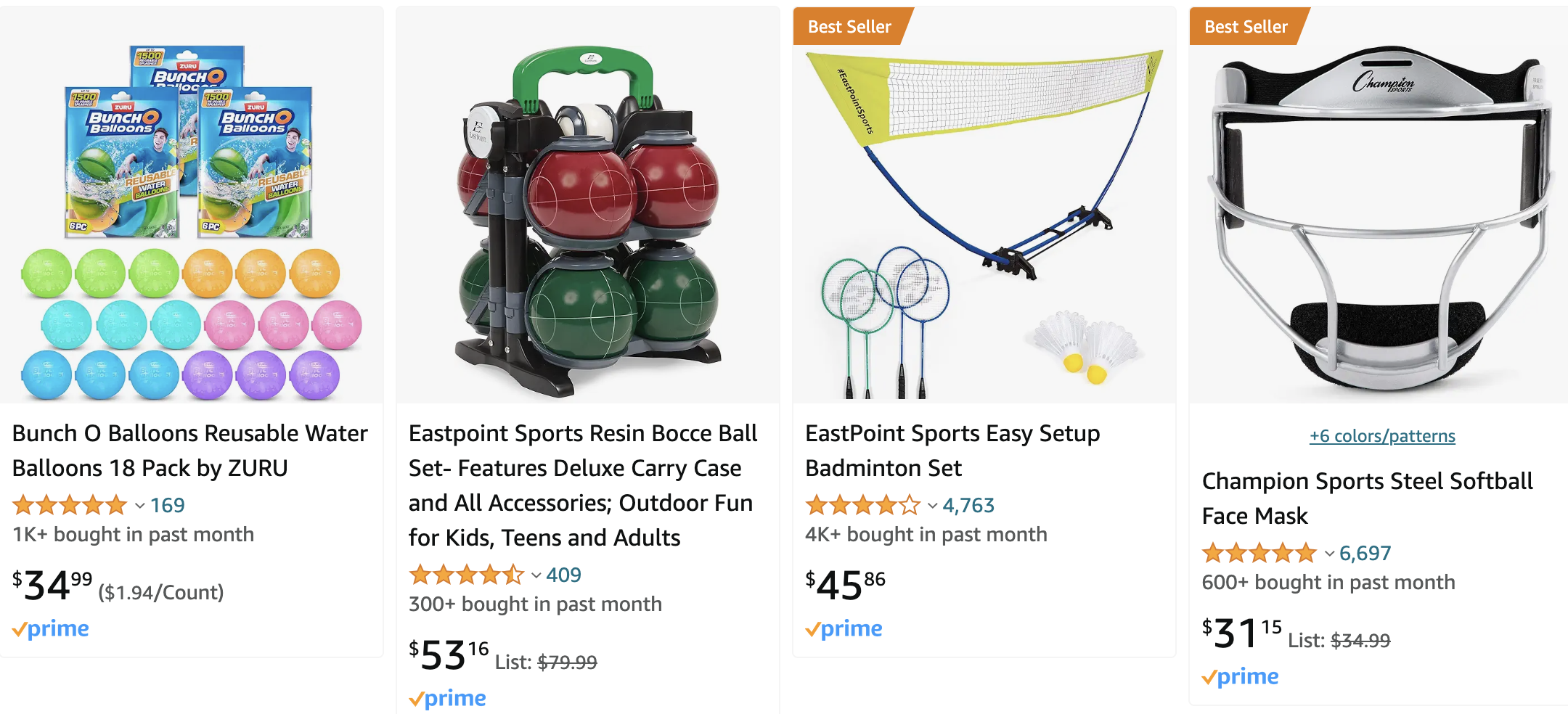
The sports and outdoors category is steady although mostly seasonal, so if you intend to target these, you have to pay attention to the flux of market demand accordingly.
One proven strategy to take advantage of the demand disparity for items between season is to buy heavily discounted out of season items and sit on them until you can list them at a much higher price point.
Look out for well-known brands and individual items that have strong reviews and hot demand while in season so that you can make the biggest profits.
9. Office supplies
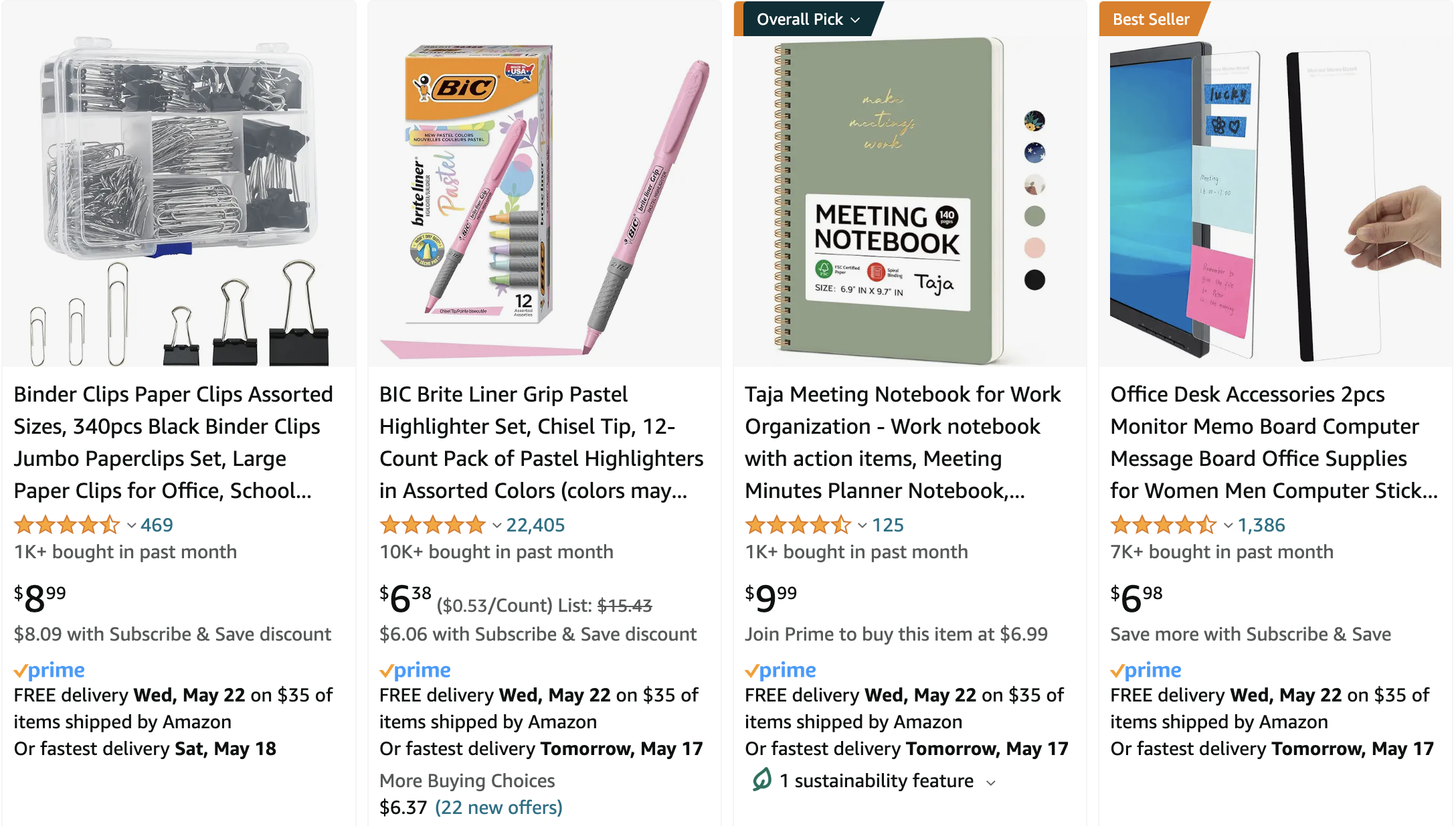
One of the most stable categories that is overlooked by many due to its blandness is office supplies.
A huge perk with this category is that sometimes buyers aren’t as keen to penny-pinch as they can be buying write offs on the company’s dime. Replenishables like printer ink and pens are a good target as they always have buyer demand.
As with every other category, keep an eye out for top-selling, evergreen products that have a loyal audience and steadily high ranking on Amazon.
10. Ps
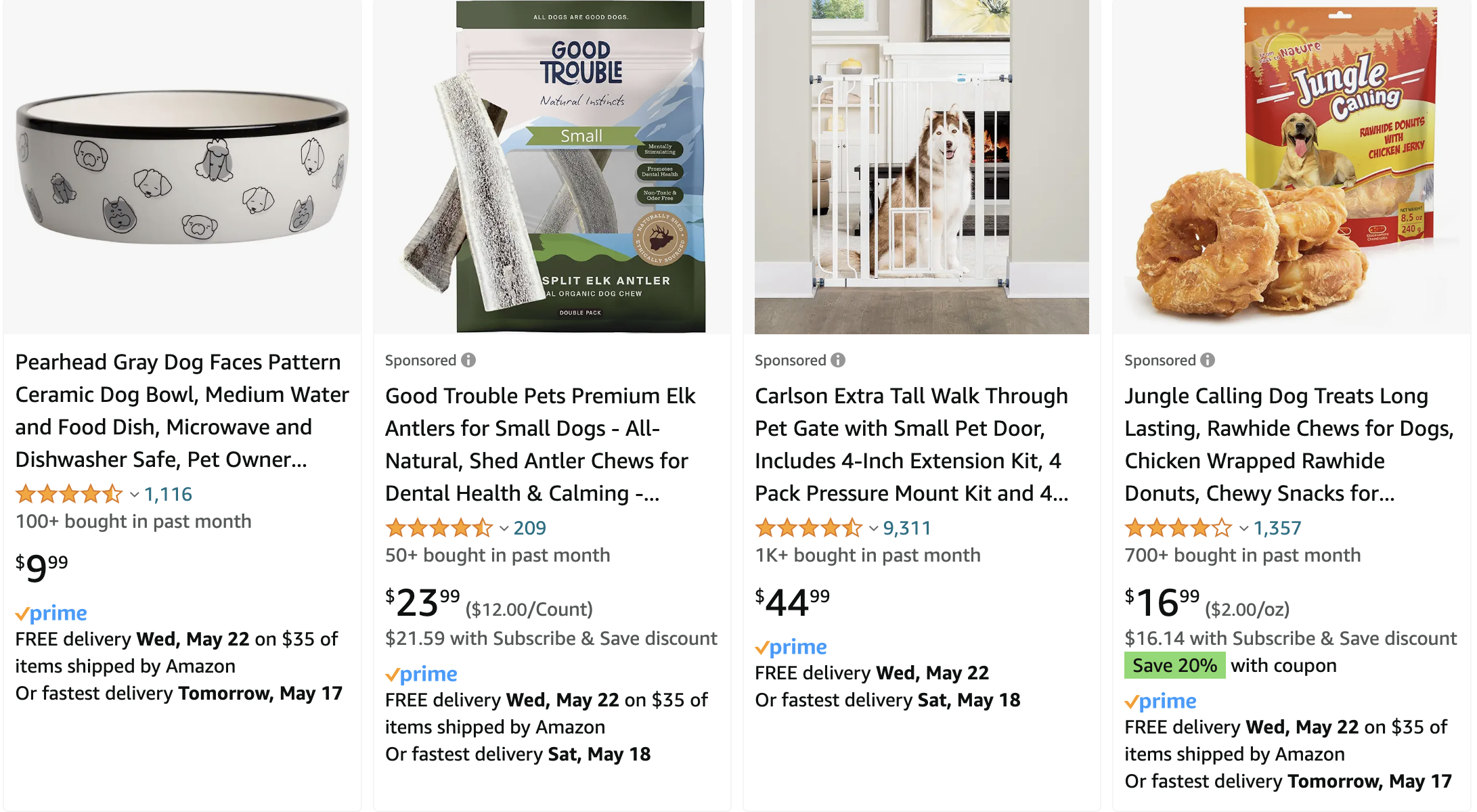
Pet related goods, including toys, food, and accessories, are some of the most easily sold items as caring owners of animal companions will often buy anything that can help to please and pamper their pet.
By scouring retail stores in person or online for clearance sections and sales, you can catch deals that can be flipped onto Amazon’s marketplace for a proven retail arbitrage strategy.
If you aren’t yet, get familiar with brands, top items, reviews and reputation so you can get better at curating profitable inventory to sell to pet owners.
11. Kitchenware
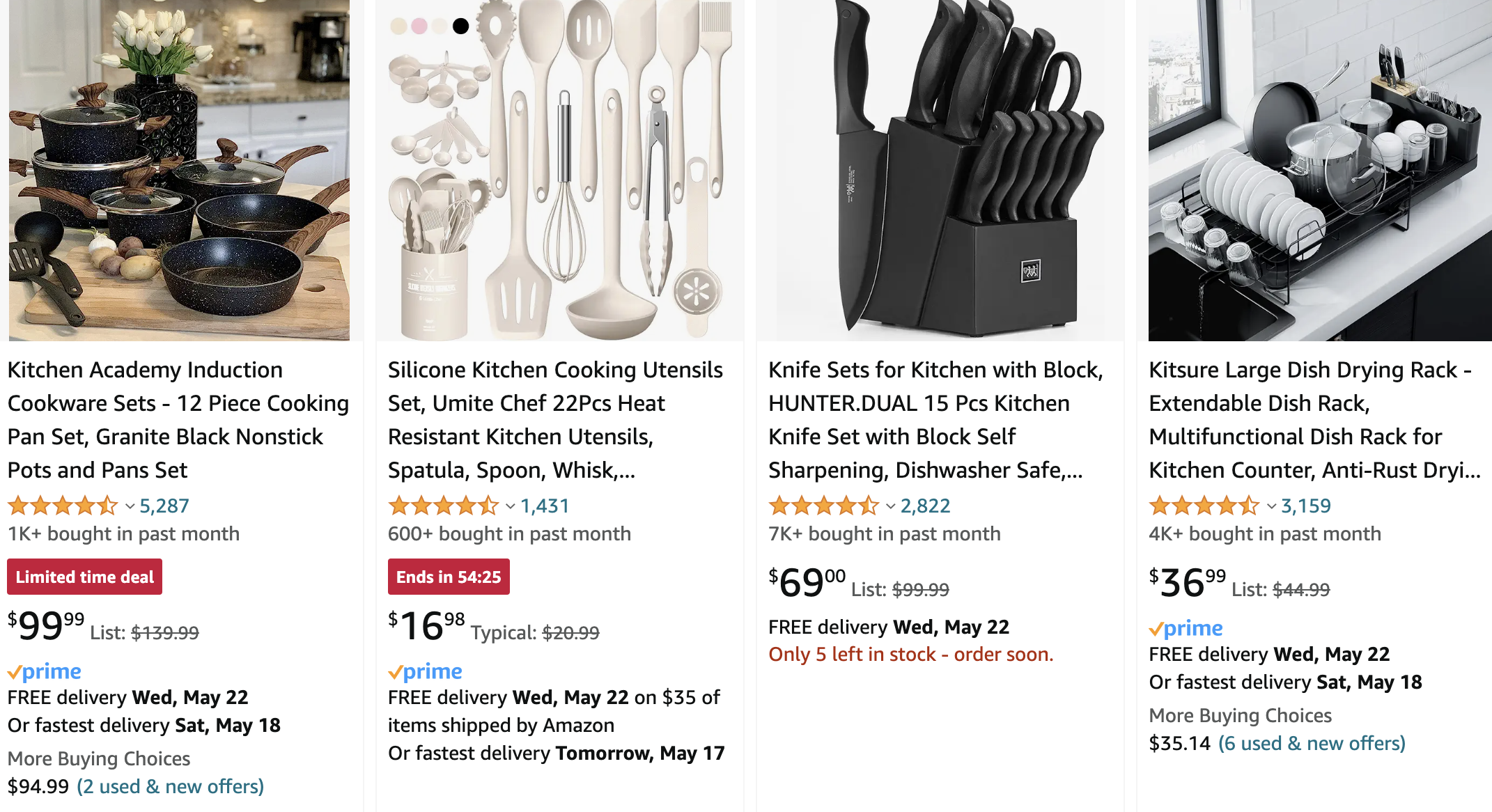
Kitchenware is one of the most consistently popular categories for Amazon retail arbitrage, encompassing a large amount of overall top sellers which include cookware, kitchen appliances, and other gadgets.
It’s easy to find a list of top selling products from well-known brand names and search for them on sale in more low key marketplaces where they can then be purchased and listed back on Amazon to bag consistent profits.
Some products can also be subject to seasonality or limited editions, so be sure to gain specific knowledge and take advantage of these opportunities.
Check out our Best products to resell guide to find out more about the products that work best on reselling.
How to source products for retail arbitrage on Amazon
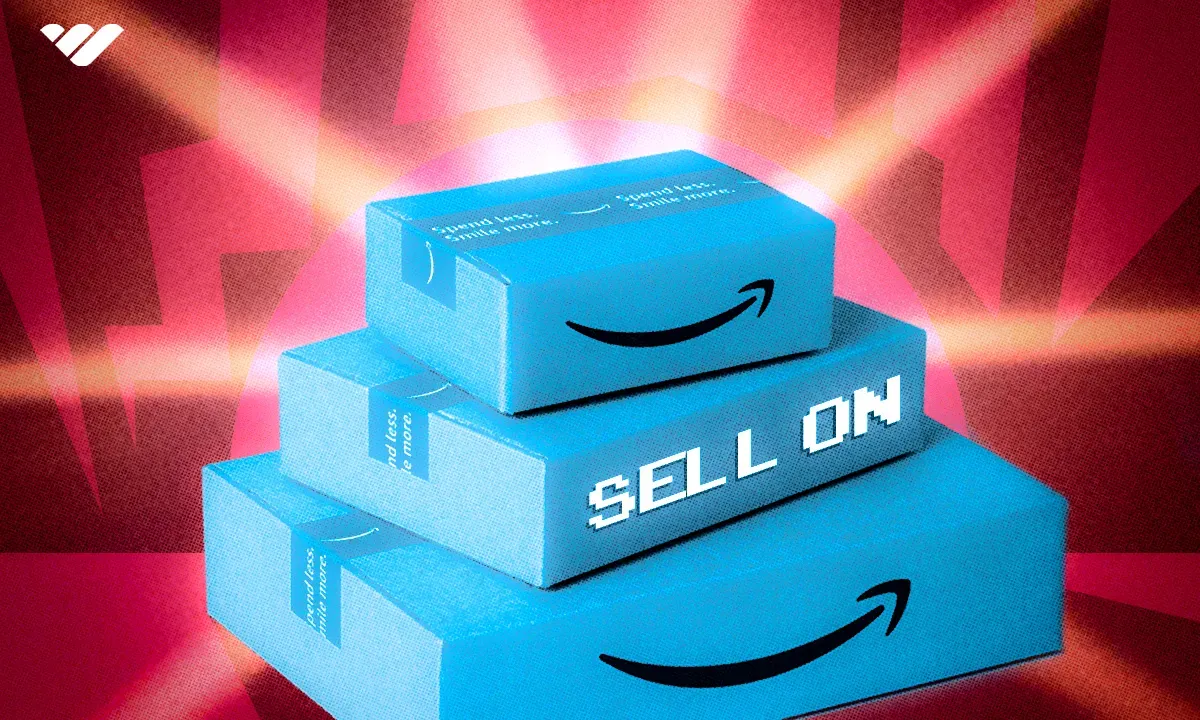
Now that you know which products to buy, you need to know where to get them. In order to succeed in retail arbitrage, you’ll need to master both of its sides: sourcing and fulfillment.
Your ability to source will make or break the viability of your retail arbitrage business, so it’s essential that you learn to master this side before investing in the starting or scaling of your prospective Amazon store.
Here are some essential steps to effective and profitable sourcing of product:
Use a product scanner
A product scanner is an essential tool for effective sourcing for any Amazon retail arbitrage seller. With it, you can scan a barcode to see how much it goes for on Amazon.
Some product scanning apps will give you profit forecasts, and you can also view other statistics such as best seller rank and popularity. Amazon’s mobile seller app already has a built in product scanner, and best of all, it’s totally free to use so be sure to take advantage of it.
Other paid solutions for product scanners that can offer richer data than Amazon’s app such as historic pricing and ranking in addition to exact profit margin calculations include Profit Bandit and Scoutify.
Review analytics
Before making your purchase for retail arbitrage, you’ll have to understand all of the key metrics that will influence your profitability.
You’ll be able to see most of these within Amazon’s seller app and with the help of a good product scanning app.
Here are some key metrics that you’ll need to consider:
Sales rank
The sales rank is an indicator of how well a product is selling on Amazon. It’s known as the Amazon Best Seller Ranking, or BSR. The lower the number, the higher the rank, and thus, the higher the volume.
Since there are so many products on Amazon, especially within popular categories, the number of ranking does not need to be in the top 100 or even close to it to consider selling a product. For example, in many categories, a product rank of 50,000 or lower still has steady demand, meaning products you source at this ranking can sell fairly quickly. Pay attention to whether or not an item is seasonal as this can have a great effect on the individual ranking.
Profit margin
Even if you manage to produce consistent revenue, you won’t have a viable business if you don’t have a healthy profit margin.
In order to calculate your profit margin, you’ll have to consider all of the following:
- Cost of goods sold (COGS)
The price you pay for the product, including any sales tax paid or shipping fees will be your COGS, and it’s from this pricepoint that you’ll calculate your profit margin. - Sale price
The final sale price of your item needs to be healthily higher than your COGS, and take into account all fees and other associated costs. Keep in mind that the sale price can vary due to market demand and competition. - Amazon fees
In addition to standard Amazon platform fees which will vary between product categories, you’ll need to include referal fees and other charges. - Shipping and fulfillment costs
Include the cost to ship products in your profit margin calculation, and if you’re using FBA, be sure to get a full picture of what the entire fee structure looks like including fulfillment and storage as it can be much higher than fulfilling product yourself. - Taxes and other financial obligations
Last of all, be sure to take taxes and other legal or operational expenses to make sure that you are able to have a business with a healthy enough profit margin to comfortably include all of the inevitable associated costs. Some of these will be one time, others will be ongoing, but these all should be factored into the calculation of the overall profitability of your business.
Customer reviews
The quality and the quantity of customer reviews will provide insight into the demand of a specific product in addition to the overall satisfaction, loyalty, or potential issues.
You’re better off selling an item that has better reviews and a slightly lower BSR than one that is better ranking with worse reviews as that will mean a higher return rate.
Competition
Be sure to analyze the number of competing sellers and their history and reputation to give you a good idea of whether or not you can fit in and capture the buy box , which will maximize your sales potential.
You can see competing sellers on Amazon’s platform or you can use software like Junglescout and Helium10 to get even richer and actionable data.
Price comparison
Before you commit to a purchase, you should scour all available marketplaces to find the best possible price.
Utilize online tools in addition to manually checking in person or subscribing to discount and sales newsletters or monitors that can push you the best deals that you should act quickly on as they come.
Consider buying in bulk if possible for your intended product so that you can get better prices than those that are available to the general public.
Make your purchase
Once you’ve thoroughly done your due diligence and calculated your profit potential to make sure the product is a good buy, pull the trigger and buy the product.Get as many items as you can, keeping in mind any store policies so you don’t exceed any potential limits on the amount of an individual item that a customer can buy. If you are buying from a bulk supplier, be sure to keep on good terms with them and negotiate better prices if possible.
What products can’t you sell on Amazon?
While Amazon offers a vast marketplace full of different products that you can practice retail arbitrage with, there are certain products that you are not allowed to sell.
Knowing these restrictions is crucial to avoid account issues which include suspension or permanent banning.
Amazon restricts the following products for any seller:
- Alcohol and Tobacco
- Prescription Drugs
- Weapons
- Illicit substances
Additionally, if a category or product is gated on Amazon, you’ll need to gain eligibility and become ungated. Amazon will provide specific instructions for each product and category to let you know what it will take to get ungated.
Is Amazon retail arbitrage worth it?
Retail arbitrage on Amazon can be a profitable and rewarding venture, but like any business, it isn’t without its difficulties.
To sum up whether or not Amazon retail arbitrage is worth it or not, you’ll want to understand both the benefits and challenges that it will present to you before you dive in:
Benefits of Amazon retail arbitrage:
- Low barrier to entry: You don’t need a large up front investment. It’s possible to start small and to scale up as you gain knowledge and experience
- Flexibility: You can source products from many places and stores both online and in person, and you work on your own schedule from home.
- High profit potential: Capitalizing on price discrepancies between low key stores and clearance sections and the typically high going rate on Amazon, you can pocket a good margin with the difference.
Challenges of Amazon retail arbitrage:
- Competition: Because there is a lower barrier to entry, new sellers can flock to a profitable opportunity and render it obsolete. You’ll need to stay updated and flexible to hedge against the competition, and get ungated for hot categories so that you can sell in less competitive areas.
- Time consuming research: Finding products to search is incredibly time consuming, and you’ll also have to constantly maintain pricing and keep up to date with the overall state of the market.
- Market Volatility: Amazon product prices can be changed by the individual seller, meaning that an item that was once profitable for you can end up netting you a breakeven or loss if the price on Amazon changes. Similarly, the price that you source a product at can change or profitable inventory can sell out.
To sum it up, Amazon retail arbitrage is worth it if you’re willing to put the time and effort to learn the market, understand which product categories are hot and find profitable items that you can buy and sell to generate a good overall profit margin.
If you want to learn if Amazon FBA is still worth it in 2026, take a look at our Is amazon fba still worth it in 2026? guide.
Give yourself the best chance at success with Whop!
Amazon retail arbitrage is just one of many ways to engage in reselling, which is perhaps the number one business model a first-time entrepreneur should choose.
However, it is clear to see that there is a lot to consider when it comes to reselling on Amazon. From finding the most profitable products, to working out metrics, deciding on a fulfillment model, and everything in-between, Amazon retail arbitrage can be time-consuming and confusing.
Thankfully there are plenty of premium educational groups dedicated to reselling. Such groups are led by industry experts who share their tips for success, as well as highlighting trending products and exciting opportunities for retail arbitrage.
On Whop you will find groups with coverage on all strategies to make money as a reseller, from finding insanely discounted inventory through price errors to flipping tickets, sneakers or NFTs. Head over to Whop today and get your reselling started with the help of experienced experts who will level up your game in no time!
Amazon Retail Arbitrage FAQ
What are the best products for Retail Arbitrage?
By using our list of the best categories in this article and finding specific products inside of them, you can build a good list of profitable products to target.To summarize, the best products to sell are in the top rankings but aren’t heavily concentrated with competition, and those that you have a steady and profitable place to source inventory for.
All of this is quite a bit of work to do on your own, so many end up joining a dedicated private group that saves its members precious time on research and makes it easy to keep up to date with the best products and most profitable practices.
How do you get ungated on Amazon retail arbitrage?
To get ungated on Amazon, you first sign up for a professional selling plan, then find the product you want to sell, open the application form via 'Listing limitations may apply' link, and finally, fill out the application and request approval.
How do you use the Amazon Seller app for retail arbitrage?
Amazon's mobile seller app has a built-in scanner that you can use to scan products and find out how much they sell for on Amazon. Use this to find the price of goods that you can resell - so if you see a product on clearance at a store, scan it with your app and find out how much you can resell it for!
Is reselling with retail arbitrage legal?
Generally speaking, as long as you are the rightful owner of a product, you’re allowed to resell it. For a full guide on this topic, read: What is Reselling, and Is it Legal?


